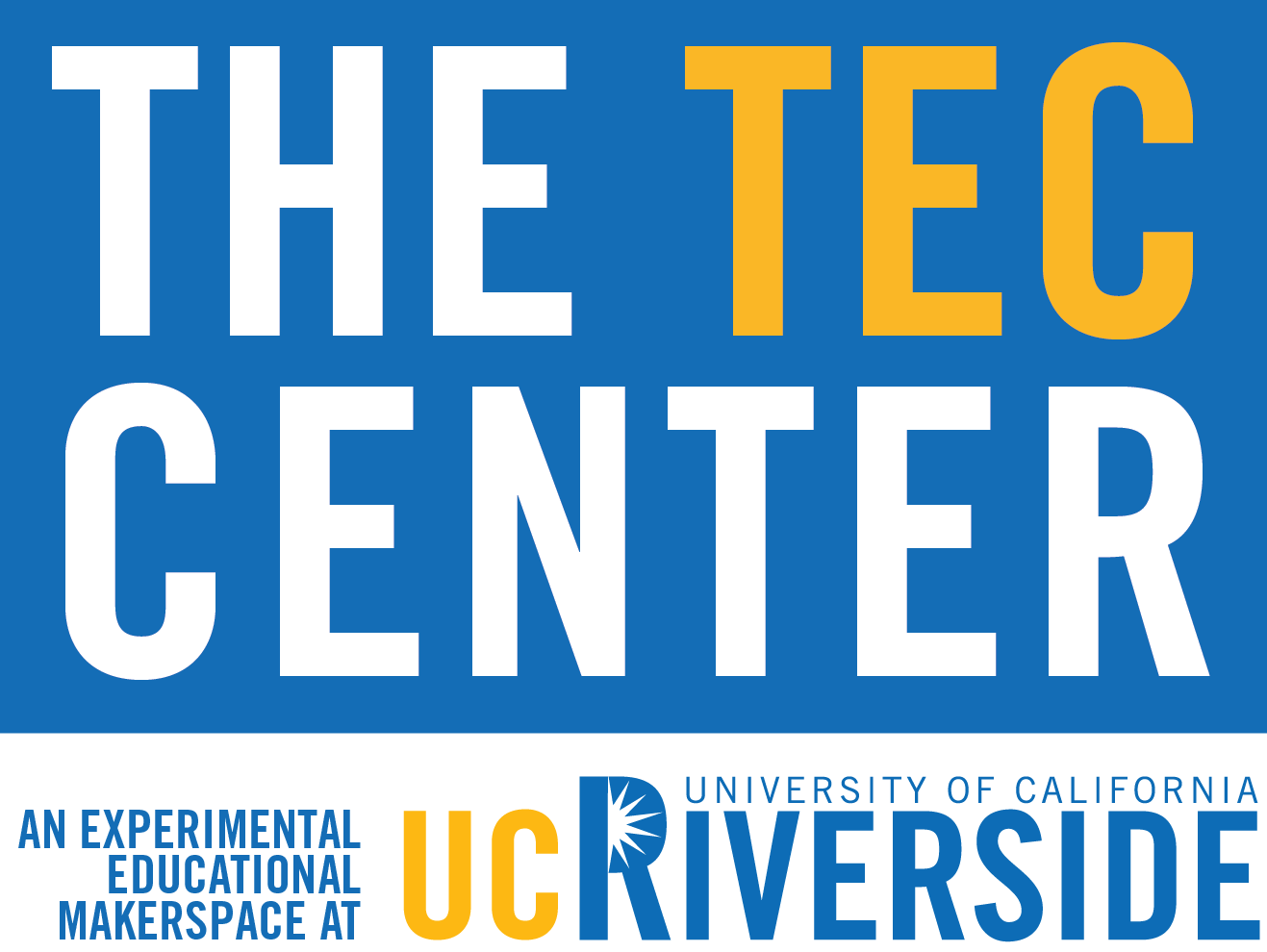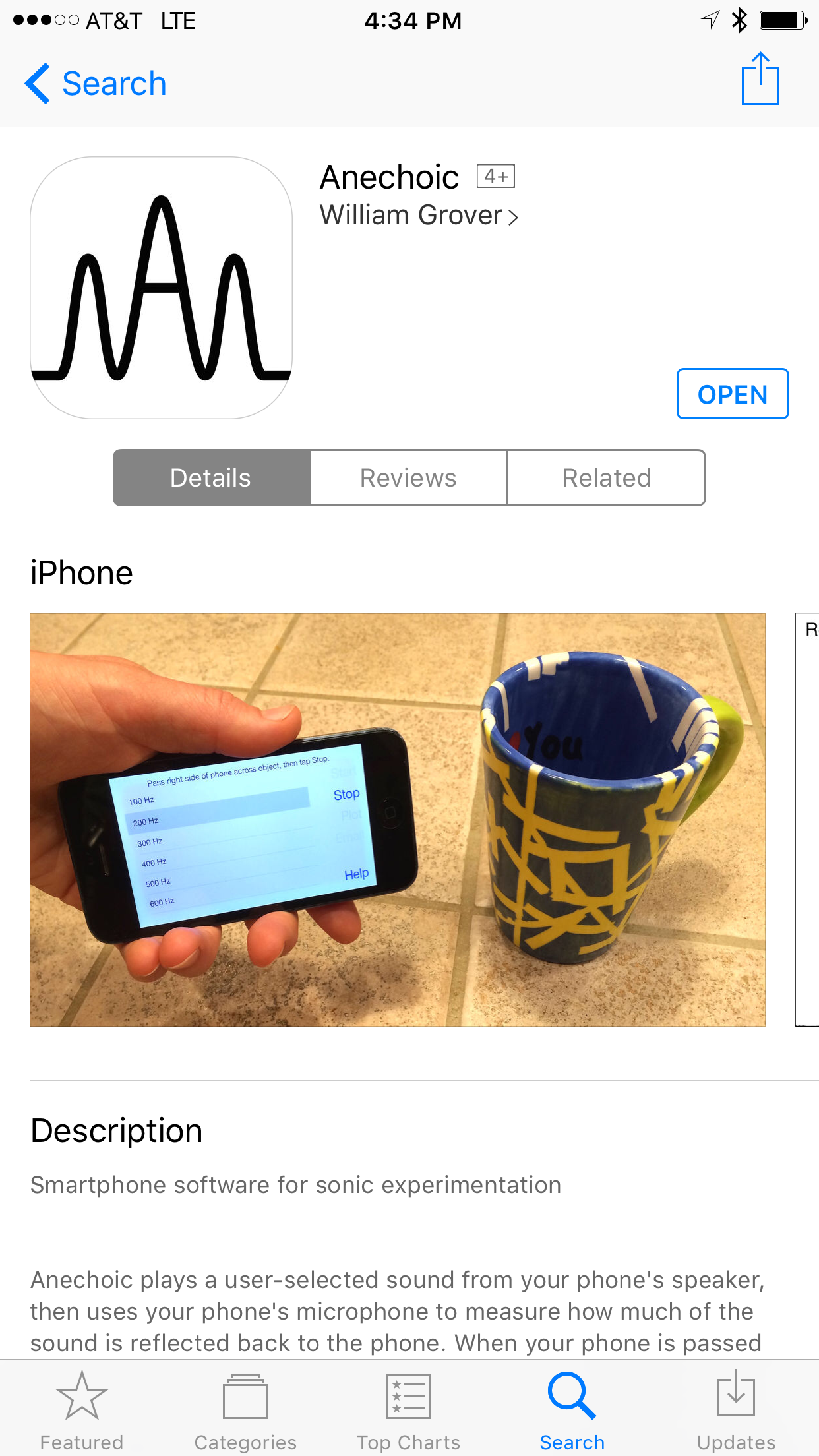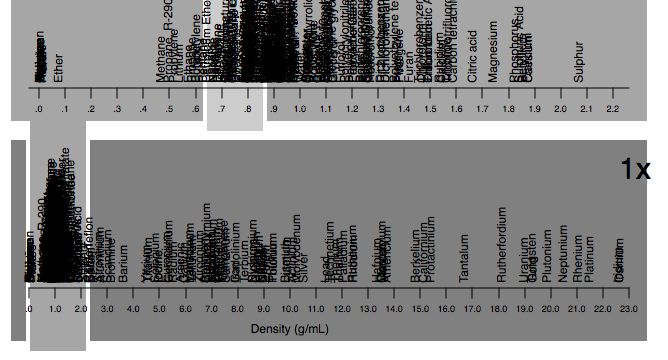
Education
-
The TEC Center

http://evolutionarycomponents.org
The Technology Evolutionary Components Center at the University of California, Riverside works to provide students with hands-on experience engineering solutions to real-world problems, thereby preparing them for careers in the modern workforce.
Problems like climate change, disease, and hunger are difficult to tackle in part because they require multidisciplinary solutions. To help students work on these problems, we are developing the MEC system, a library of interdisciplinary “building blocks” that can be clicked together to create functional research instruments for a wide variety of different applications.
In the TEC Center, students use MECs to build, test, refine, and share tools for supporting real-world research in important fields like alternative fuels production, drug discovery, and toxicology. Since the TEC Center was founded in 2015, over 50 UC Riverside undergraduates have received an immersive training experience in the Center.
-
The PrintSafe Project

We are on the threshold of an explosion in the popularity of 3D printers. As the original patents on 3D printing expire, the market is being flooded with low-cost 3D printers, and the number of inexpensive 3D printers sold per year is doubling every year. As 3D printers grow less expensive, they are becoming increasingly popular in libraries, schools, and homes; even toy 3D printers for children are now available.
However, the popularity of 3D printers has blinded us to their potential risks. The undeniable “coolness” of 3D printing distracts us from the reality that 3D printers are like tiny factories; the materials they use and waste they generate can be hazardous to our health and the environment. But unlike factories, 3D printers are largely unregulated and are being welcomed into our schools and homes.
-
Anechoic

Available for iPhone on the Apple App Store
Anechoic plays a user-selected sound from your phone’s speaker, then uses your phone’s microphone to measure how much of the sound is reflected back to the phone. When your phone is passed in front of an object, the sound bouncing off of the object can be detected by Anechoic, and in some cases the rough shape of the object can be discerned in the signal plotted on the app (similar to medical ultrasound).
Students can use Anechoic to explore how sound waves interact with matter, answering questions like:
- How does the distance between the phone and the object affect the intensity of reflected sound?
- How does the frequency of the sound determine how much of the sound is absorbed or reflected by an object?
- How do an object’s shape and material properties influence how sound is absorbed or reflected by the object?
- How can sound be used to detect objects or measure the distance to an object?
-
The Density Spectrum
The Density Spectrum is an interactive tool for visualizing the range of densities of common things, from 0 (for gases) to nearly 23 g/mL (for the elements osmium and iridium). Teachers may find it useful for exploring the concept of density in their classrooms. Try it out here!
subscribe via RSS
